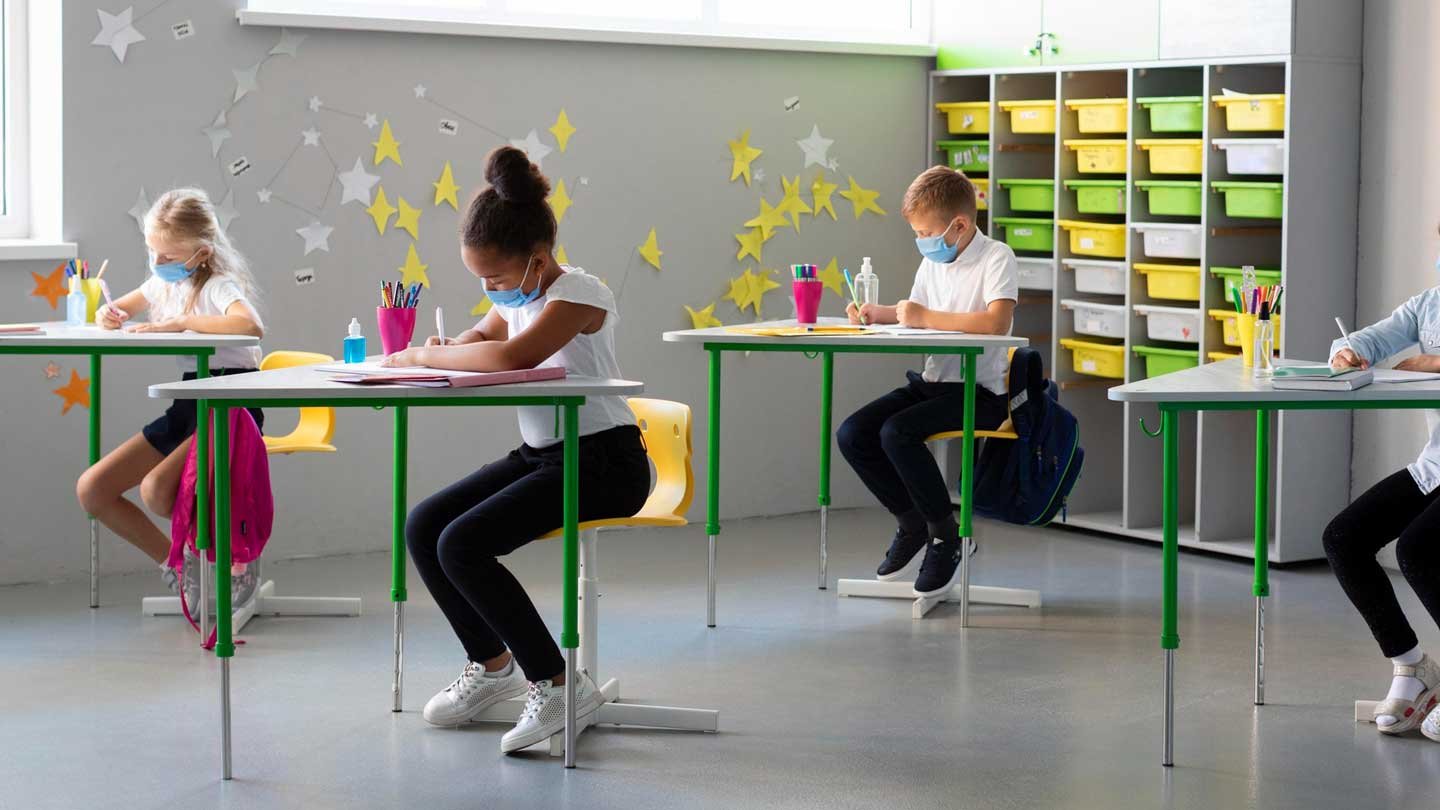A significant development in education has occurred recently: shipping containers to create new learning environments. These state-of-the-art classrooms’ adaptability, economy, and ecological friendliness have contributed to their meteoric rise in popularity.
This essay will discuss the increasing popularity of container schools and the many advantages they provide. Continue reading before you look for portable classrooms for sale.
The Evolution of Classroom Design

The layout of most classrooms has stayed the same for decades, even though kids’ and educators’ demands are constantly evolving. However, a novel twist on traditional classroom design is being introduced by schools using shipping containers.
These creative classrooms provide an alternative to the standard four-walled building using repurposed shipping containers. Container classrooms give the adaptability and mobility required by today’s educational system because of their modular construction.
These malleable rooms may be rearranged to provide teachers with various options for implementing their preferred pedagogical approaches. Collaborative workstations, breakout rooms, and flexible seating have replaced the typical rows of desks.
Teachers may quickly rearrange the classroom to support a variety of collaborative and active learning strategies, such as small- and large-group projects, conversations, and individual work.
Customization and Adaptability
The adaptability of container classrooms is a significant benefit, allowing them to be tailored to the needs of individual institutions. Schools may improve their learning environments by customizing several components of a shipping container they’ve repurposed.
Insulation, windows, doors, and electrical systems may be added to containers to provide habitable spaces at any time of year. Furniture like desks, seats, whiteboards, and storage solutions may be easily included in the interior design of a classroom to make it more efficient and well-equipped.
Container schools may be designed to accommodate not just the necessities but also the incorporation of technology. Interactive teaching techniques and multimedia learning experiences may be significantly improved by using smartboards, projectors, and other audiovisual technology. Installing dependable internet access points and network infrastructure is another way for schools to guarantee a connection.
Cost-Effectiveness
Schools may save money using shipping containers as classrooms rather than more expensive permanent buildings. The cost of constructing new buildings is significantly reduced when used containers are repurposed instead.
The initial investment is minimized by the cheap cost at which containers may be purchased. Because containers offer a pre-existing structure that needs minimum alteration, the faster building procedure also cuts labor and material expenses. Schools may save both time and money due to this increased productivity.
Furthermore, there are lasting monetary advantages to using containers as classrooms. As a result of their longevity and low care requirements, these buildings save money in the long run. The steel construction of the containers guarantees their durability and lifespan, making them a wise investment for schools.
Sustainability and Environmental Impact
Constructing schools out of shipping containers aligns with the current trend toward eco-friendly pedagogy and helps lessen the destructive effects of conventional building methods. Reusing shipping containers puts previously unused materials to good use and reduces the need for brand-new building supplies.
Schools that use shipping containers as classrooms are taking an active role in encouraging recycling and reducing trash. Decommissioned containers are given new use as classrooms rather than being left to rot in shipping yards or landfills. They may be quickly moved and set up in new places to meet the ever-evolving demands of teaching.
This adaptability facilitates spreading education to areas hit by natural catastrophes or otherwise inaccessible. Accessibility elements like ramps and larger entrances are standard in container classrooms, making them accessible to students of all abilities.
Inspiring Learning Environments
Container classrooms have the potential to inspire student engagement and creativity because of their distinctive design and visual appeal. Students are likelier to ask questions and participate in class discussions in a unique environment.
Teachers may use the one-of-a-kind ambiance to conduct engaging, thought-provoking classes that inspire students to participate and aid in recalling material. Container schools or portable classrooms for sale invigorate the teaching and learning process with their novel approach.
Conclusion
Using shipping containers as classrooms have emerged as a game-changing option in contemporary education. Their adaptability, personal ability, affordability, and longevity make them a desirable alternative for educational institutions.
By giving old shipping containers a new lease on life as classrooms, universities may save money and do their part for the planet. It’s thrilling to think about the potential improvements and new avenues that container classrooms will open up in the future of education.















